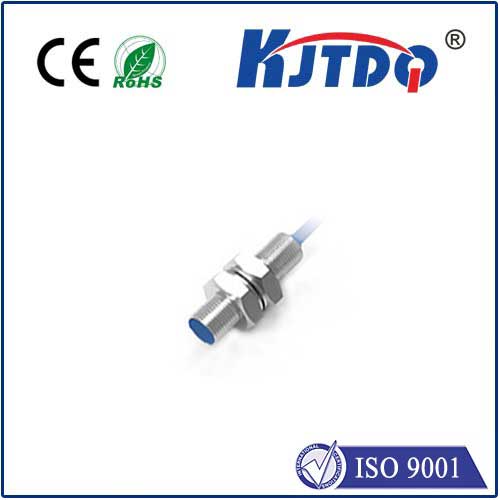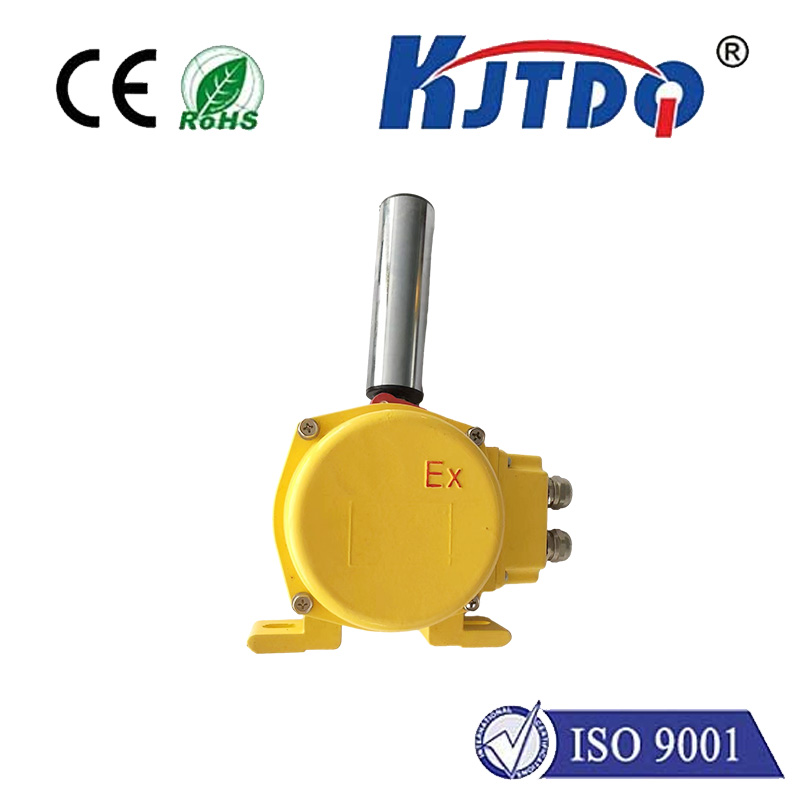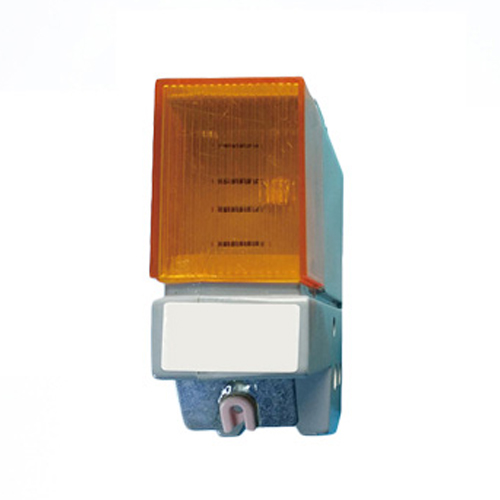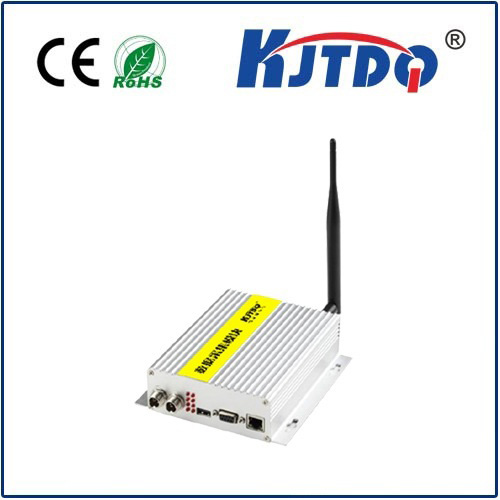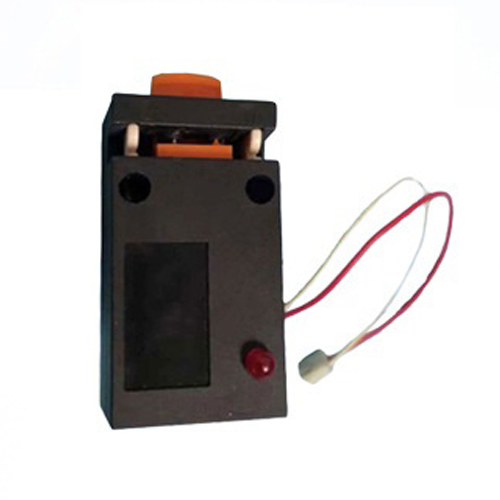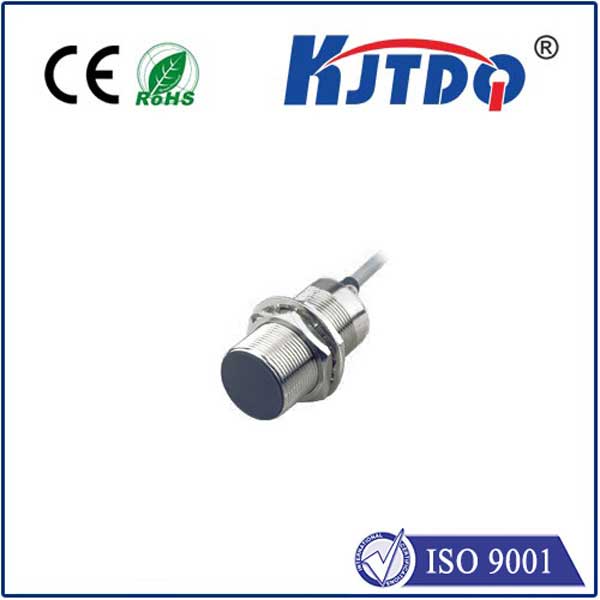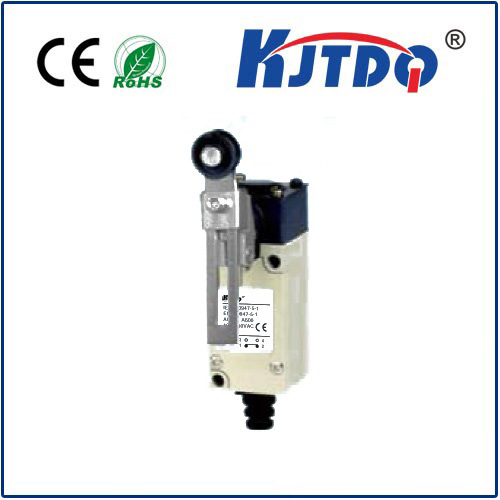E3T-SL14-M1TJ 0.3M micro photoelectric sensor
- time:2025-09-27 00:38:58
- Click:0
The Tiny Titan: E3T-SL14-M1TJ 0.3M Micro Photoelectric Sensor Revolutionizes Compact Automation
Imagine trying to fit a critical sensing component into a space barely larger than a postage stamp. In modern automation, where machinery shrinks and efficiency demands soar, this is a common headache. Enter the E3T-SL14-M1TJ 0.3M micro photoelectric sensor – a powerhouse of precision engineering packed into an incredibly small form factor. It’s not just another sensor; it’s a solution designed explicitly for applications where every millimeter counts, offering reliable detection without demanding precious real estate. This miniature marvel proves that big performance absolutely can come in tiny packages, solving space constraints while delivering dependable operation.
Decoding the Powerhouse in Miniature
The model name itself tells a story:
- E3T: Identifies it as part of Omron’s highly regarded E3T-Series photoelectric sensors, known for quality and reliability.
- SL14: Signifies the specific, ultra-compact “Slotted” or “Through-beam” housing style. This design incorporates both the emitter and receiver facing each other within a single U-shaped unit.
- M1TJ: Indicates the sensing method (Through-beam, M-Type) and specific output configuration/connection type.
- 0.3M: Clearly defines its effective sensing distance of 0.3 meters (300 mm) – a crucial spec for designing its placement within machinery.
This sensor leverages the through-beam principle. An infrared LED emitter continuously sends a light beam across a small gap directly to a receiver housed opposite it within the same unit. When an object passes through this gap, it interrupts the light beam. The receiver detects this absence of light and triggers the sensor’s output signal. This method is renowned for its high reliability and stability, offering excellent resistance to ambient light interference, target color variations, and surface finishes – making it exceptionally versatile.
Why “Micro” Makes a Massive Difference

The standout feature of the E3T-SL14-M1TJ is its exceptionally compact size. Measuring only millimeters across, it represents a significant miniaturization compared to standard photoelectric sensors. This compactness isn’t just convenient; it’s mission-critical for numerous modern applications:
- Conquering Space-Limited Environments: In robotics arms, intricate assembly stations, densely packed control panels, miniaturized medical devices, or compact consumer electronics production lines, traditional sensors simply won’t fit. The E3T-SL14-M1TJ slips into these tight spots with ease, enabling automation where it was previously impossible or impractical.
- Enabling Precision Placement: Its small physical footprint allows for installation very close to moving parts or in positions requiring pinpoint accuracy, often crucial for detecting tiny components or verifying the position of miniature mechanisms.
- Reducing Design Complexity: By eliminating the need for custom mounting solutions or re-engineering entire assemblies to accommodate larger sensors, it simplifies equipment design and lowers manufacturing costs. Design engineers gain newfound freedom.
Reliability and Performance You Can Count On
Despite its size, the E3T-SL14-M1TJ doesn’t compromise on core photoelectric sensor strengths:
- Highly Reliable Detection: The through-beam principle ensures consistent object detection, largely unaffected by target color, reflectivity, or surface texture. If an object breaks the beam within the 0.3m range, it will be detected.
- Stability: The integrated emitter-receiver design minimizes alignment issues common with separate emitter/receiver pairs. Once mounted, it typically requires minimal adjustment and maintains stable performance over time.
- Fast Response: Like all quality photoelectric sensors, it offers rapid response times, capable of detecting objects moving at high speeds within its sensing gap, essential for high-throughput production lines.
- Robust Construction: Built to withstand the rigors of industrial environments, including resistance to typical vibration and minor impacts encountered in automated machinery.
Where Does This Micro Sensor Shine? (Key Applications)
The unique blend of compact size and reliable through-beam performance makes the E3T-SL14-M1TJ 0.3M sensor indispensable across a wide spectrum:
- Miniature Component Handling & Assembly: Verifying presence/absence of tiny electronic chips, connectors, springs, or watch parts on feeders, conveyors, or assembly arms. Crucial in electronics manufacturing.
- Precision Machinery: Monitoring position or detecting small parts within the confined spaces of CNC machines, semiconductor fab tools, or medical device manufacturing equipment.
- Robotics & Cobots: Equipping robot end-effectors (grippers) or wrists for part verification, gripper open/close confirmation, or detecting objects in the gripper’s path within tight collaborative workspaces.
- Automation in Tight Quarters: Used in compact automation modules, lab automation equipment, small packaging machines, or vending mechanisms where space is at an extreme premium.
- Position Verification: Confirming the correct positioning of small levers, shutters, or actuators within devices, ensuring mechanisms operate as intended.
- Small Object Counting: Accurately counting small items passing through the defined slot on a conveyor or chute.
Essential Considerations for Integration
While exceptionally versatile, successful deployment involves mindful integration:
- Mounting Precision: Due to the small sensing gap inherent in slot-type sensors, precise and rigid mounting is essential. Movement or vibration affecting the mounting position can lead to unreliable detection. Ensure a stable foundation.
- Object Size vs. Sensing Gap: The target object must be large enough to fully interrupt the light beam within the sensor’s physical gap. Very thin objects or threads might pass through undetected if they don’t sufficiently block the beam.
- Environmental Limitations: Like all optical sensors, extremely dusty, foggy, or environments with heavy oil mist or significant splashing can occlude the light beam and impair function. Evaluate the operating environment carefully. While reasonably robust, physical protection might be needed against severe impact or crushing forces.
- Electrical Compatibility: Ensure the sensor’s output type (NPN/PNP, NO/NC - defined by the M1TJ suffix) and voltage rating match the requirements of your control system (PLC, robot controller, etc.). Always consult the detailed datasheet.
Conclusion: Big Impact, Tiny Footprint
The E3T-SL14-M1TJ 0.3M micro photoelectric sensor exemplifies the trend towards smarter, smaller automation components. By delivering high-reliability through-beam object detection in an almost impossibly small enclosure, it unlocks new possibilities for automation design. Whether you’re battling space constraints in high-precision manufacturing, building the next generation of compact robotics, or automating intricate processes, this tiny titan of sensing provides a robust, reliable solution. Its ability to function flawlessly where larger sensors simply cannot fit makes it an invaluable tool for engineers pushing the boundaries of compact automation efficiency and capability. When space is non-negotiable but performance is paramount, the 0.3M micro photoelectric sensor delivers.






